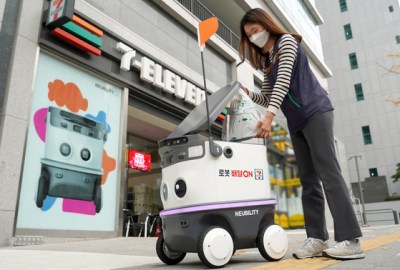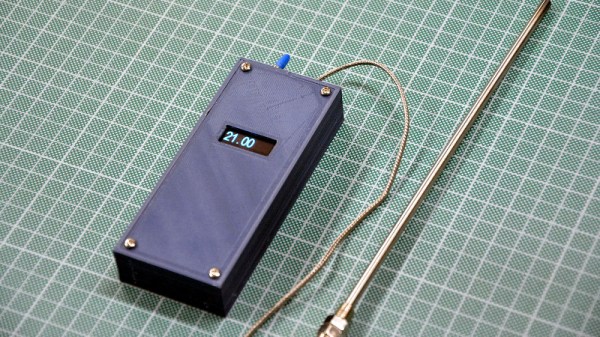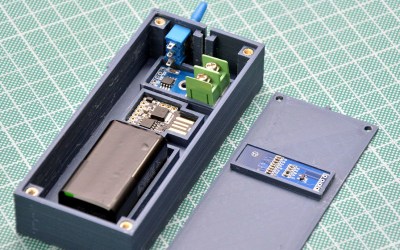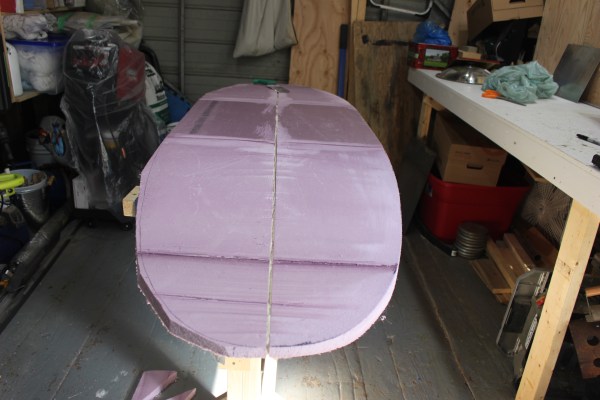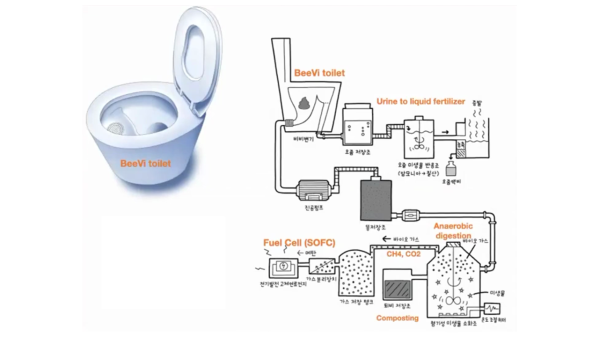The winds of change are in the air for CPUs. Intel has long lorded over the computing world, and they remain a force to contend with, but many challengers gather at their gates. AMD, ARM, IBM, and other X86 designs sense a moment of weakness. In response, Intel released their Alder Lake platform with high-performance and high-efficiency cores, known as Golden Cove and Gracemont, respectively. [Clamchowder] and [cheese] have written up as many details as they were able to suss out about Gracemont.
ARM has done a multi-multi core design (big.LITTLE) for several years where they have a mix of high-power, high-performance cores and smaller, low-power cores. This allows the scheduler to make tradeoffs between power and performance. Typically the smaller cores in an ARM design are simpler in-order processors, having more in common with a microcontroller than with a full-scale desktop core. Many people have made an obvious comparison with the apparent similarities between ARM’s approach and Intel’s new offerings as Gracemont is based on Intel’s old Atom core, a low-power single issue, in-order processor. Continue reading “Peering Into The Murky Depths Of Alder Lake”



